Scientists have managed to create sheets of gold only a single atom thick using a hundred-year-old Japanese smithing method.
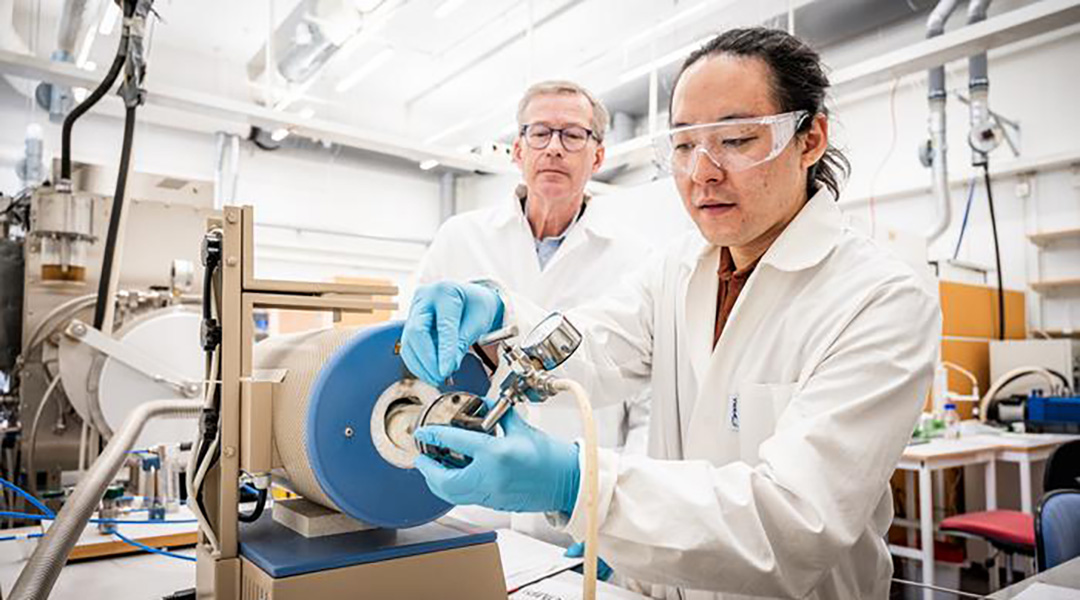


Scientists have managed to create sheets of gold only a single atom thick using a hundred-year-old Japanese smithing method.
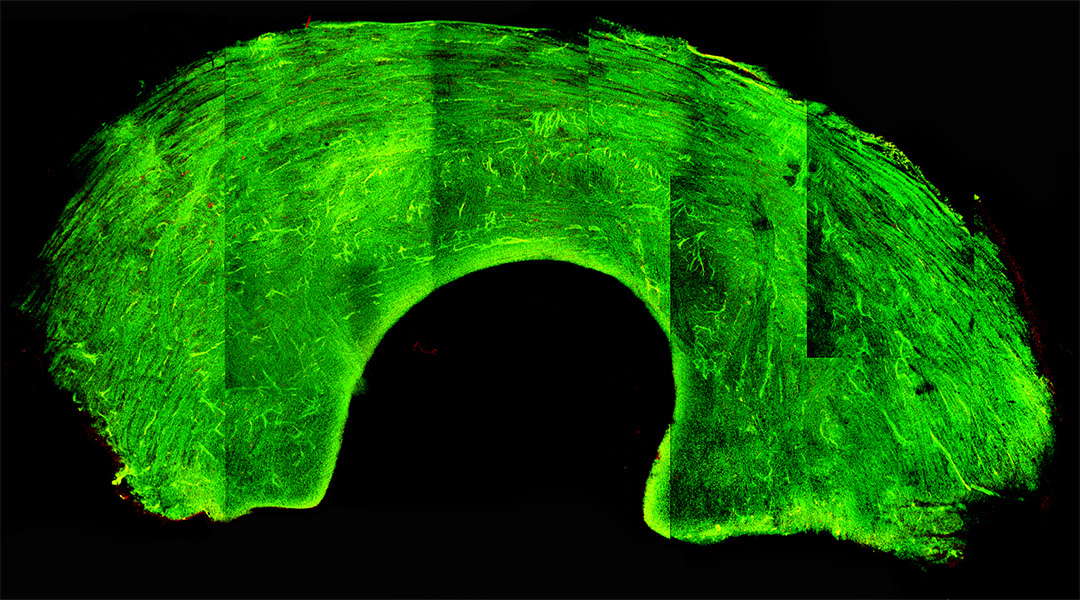
A cryopreservation technique puts graft tissue into a glass-like state, preserving cells and viability during long-term storage.
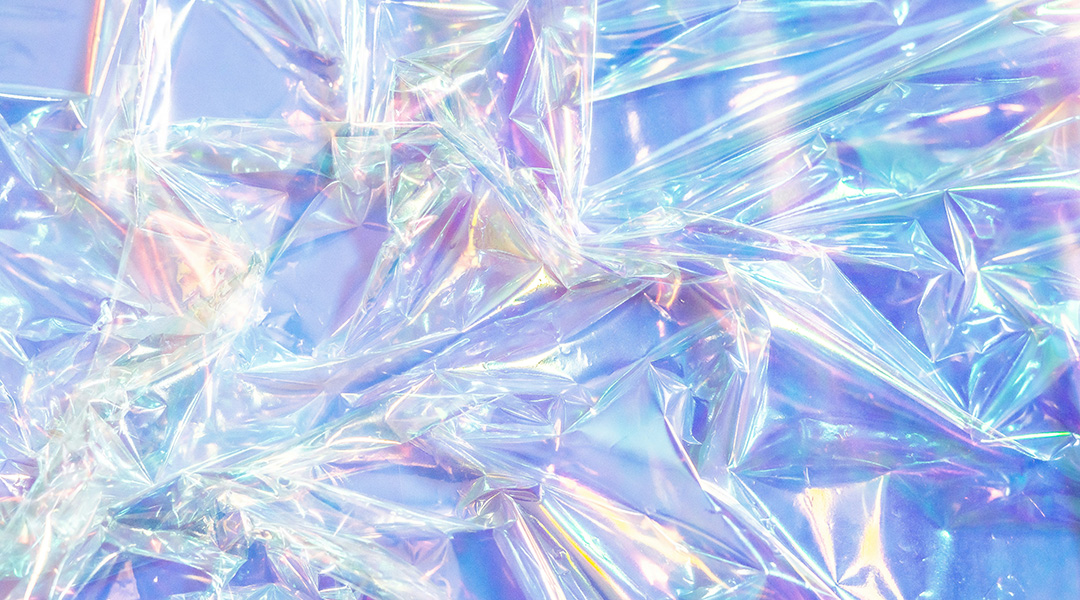
Pre-activation of plastics with fluorine-containing molecules disrupts their stability, making them easier to break down and upcycle.

A sensational paper argues that AI could be responsible for the scarcity of advanced technological civilizations in the Universe.
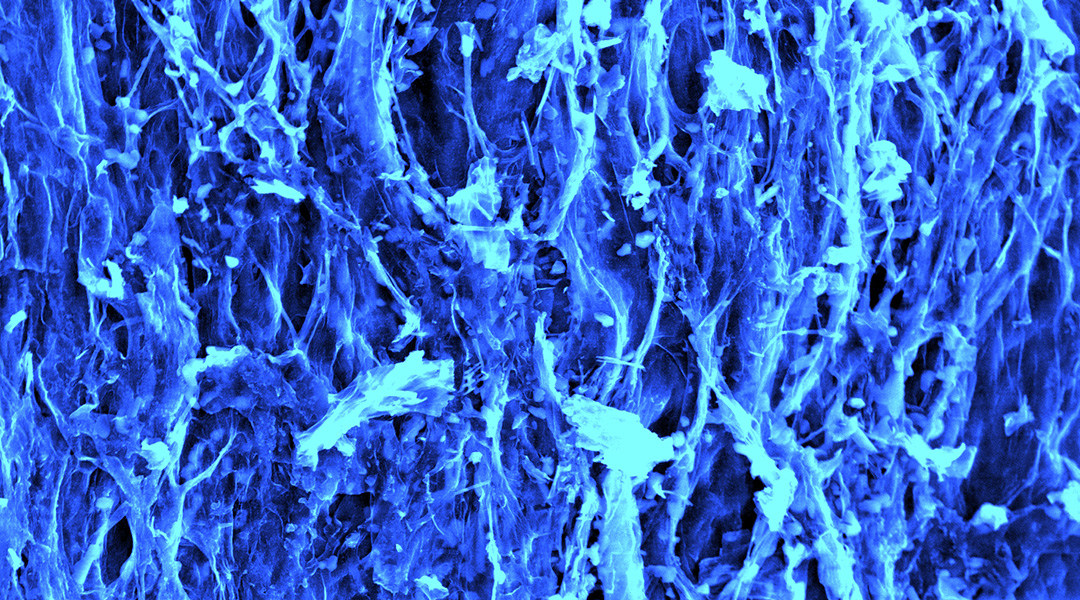
Scientists are using carbon filaments from mushrooms in supercapacitors, paving the way for a sustainable energy future.
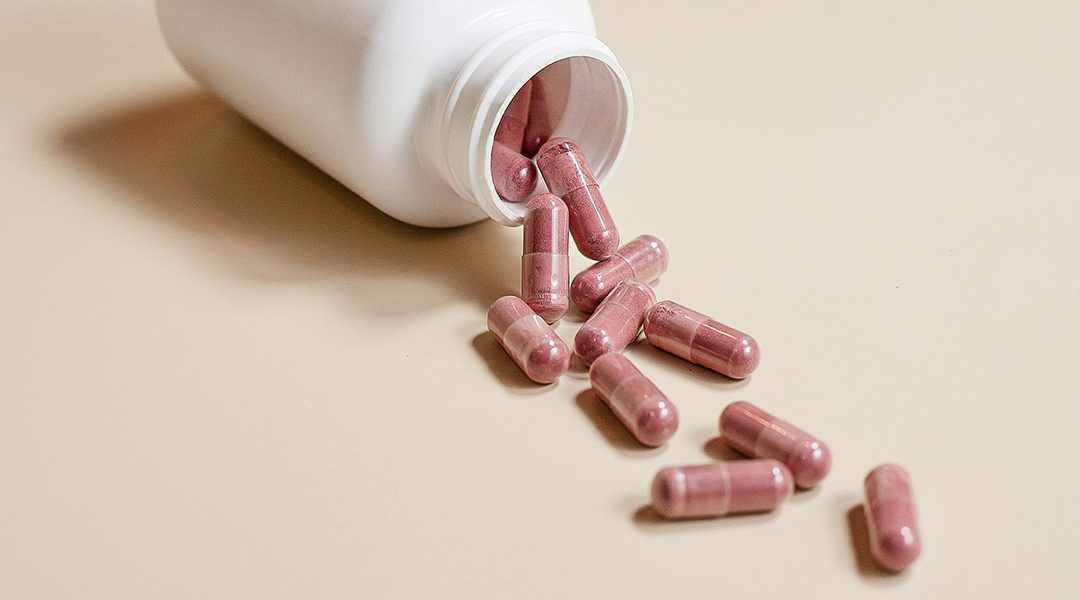
Study finds patients with high risk factors for cardiovascular disease may benefit from preemptive use of specific probiotics.

The active structure of an oral macrocyclic drug has eluded scientists for years despite its widespread clinical use—that is, until now.
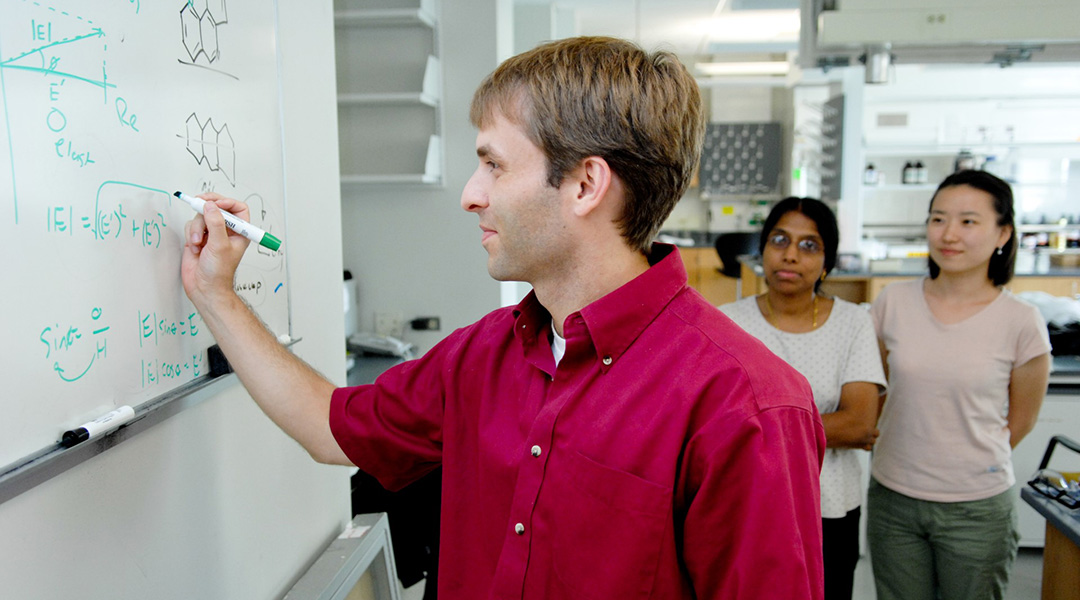
The chemical and biomolecular engineer delves into the versatile applications, surprising properties, and future possibilities of liquid metals.

Gene therapy restores hearing in children with hereditary deafness; ongoing trials show promise for widespread application.
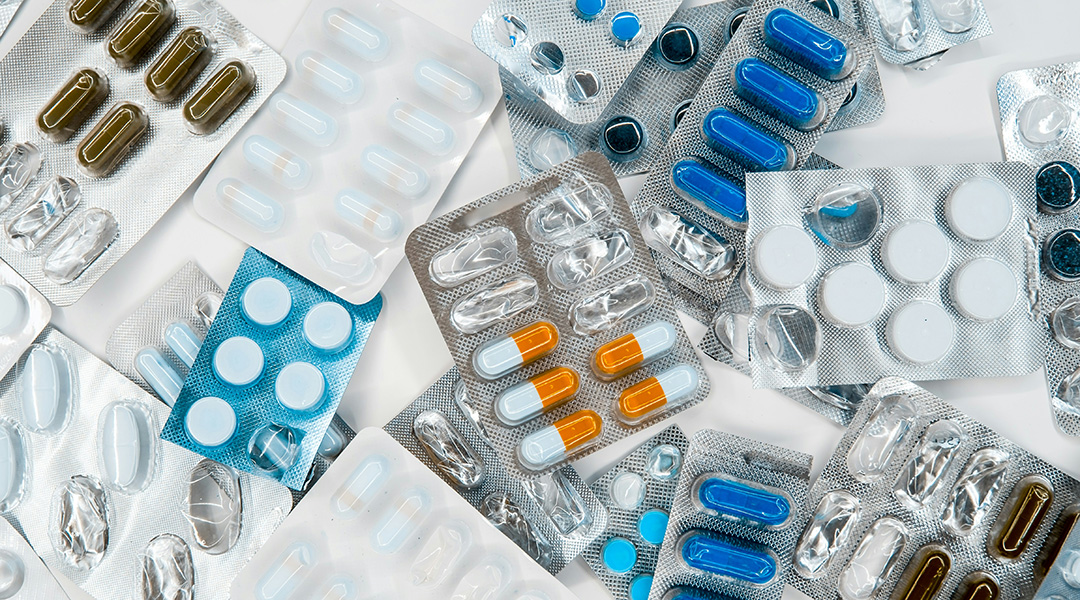
Experts argue a new approach is needed so that we are less reliant on antimicrobial drugs, where less use means less resistance.